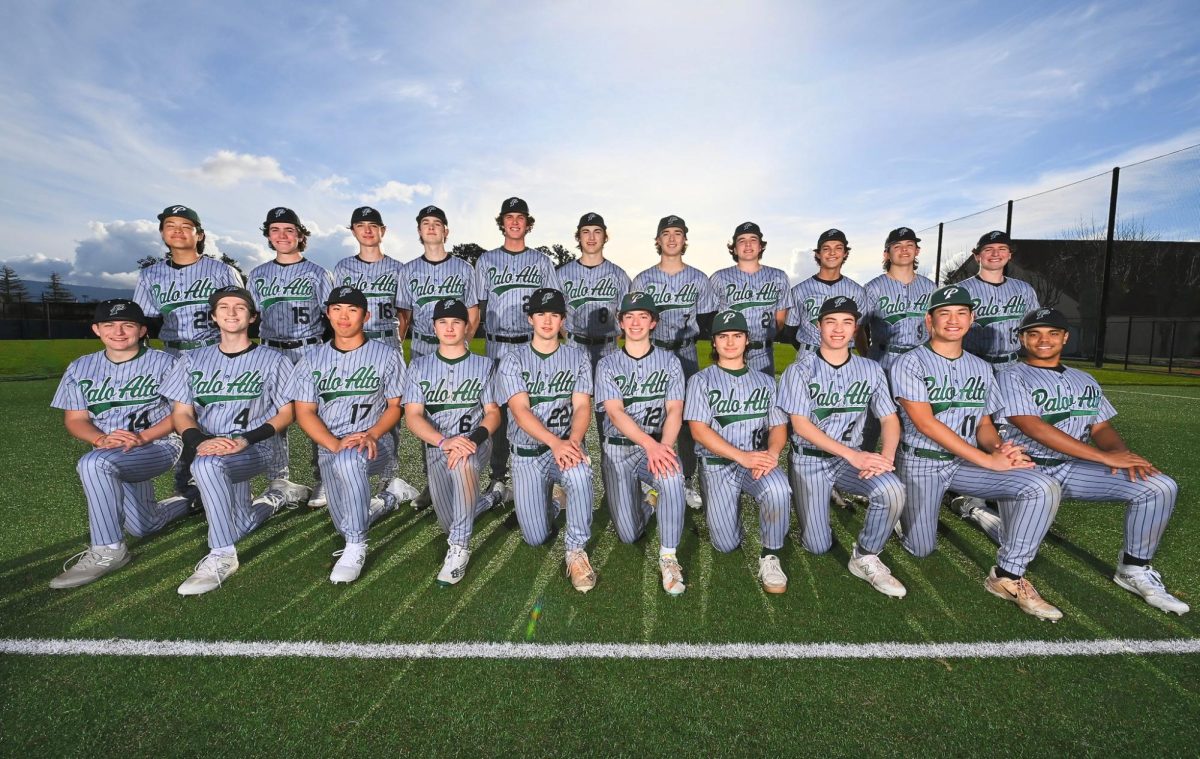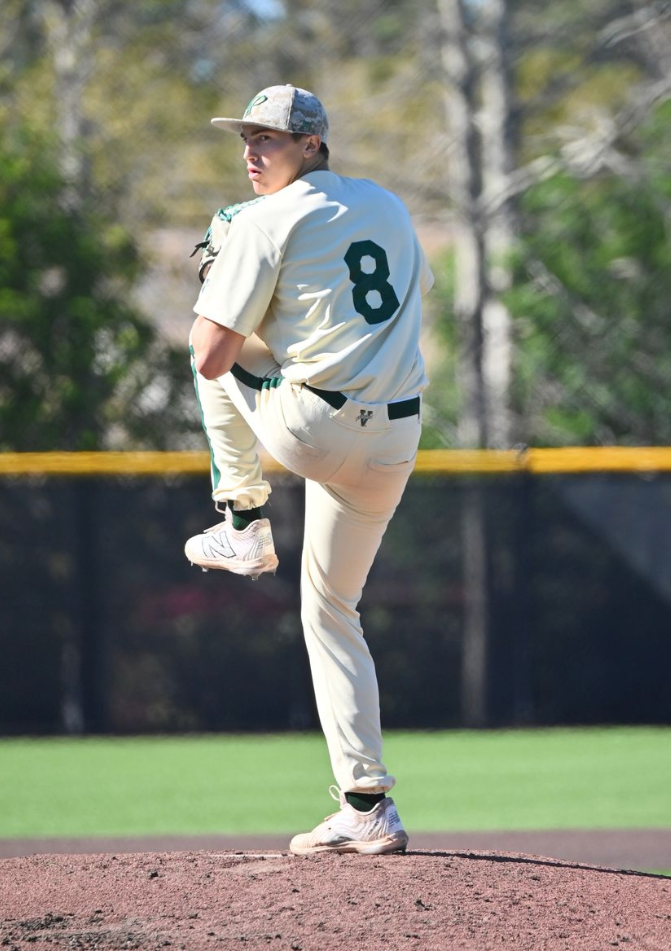Conditioning: probably not your typical athletes favorite word. Yet all athletes know that to be in the best physical and mental shape for a sport, conditioning is essential to achieve optimal performance on the field.
It seems like the amount of training that goes into preparing for a high school sport gets more and more demanding each year. Competition rises with each upcoming season and athletes push themselves to their limits to be in shape for games.
Athletes know that conditioning is a good way to stay in shape, but too much of a good thing can be harmful to one’s health – conditioning included.
Stacy Kofman, one of Palo Alto High School’s athletic trainers, knows the detrimental effects athletes can suffer from over conditioning.
“You end up with more muscular strains, and you also end up with very heavy legs from the lactic acid build up from training too hard.” Kofman said.
Although it’s hard to say how much conditioning is too much for any specific athlete, the National Center of Sports Safety (NCSS) suggests that younger athletes should not train for more than 18-20 hours per week. While many Paly athletes follow this general rule, some do not and continue to condition despite the idea that they could get burned out. For some people it is easier to push themselves harder even though they know they will feel the effects later.
“Everyone has their limits,” Paly wrestler Joey Christopherson (‘12) said. “It all depends on how much pain you can take, some people just can’t handle it and they quit.”
Athletes who exercise beyond their body’s limits feel physically and mentally exhausted after their workout.
“Conditioning does make you mentally tired and it basically makes you want to give up, but that’s really one of the challenges of conditioning,” Sydney Davis, a member of Paly’s girl’s varsity basketball team said. “You really have to push yourself and it helps create a mindset that you have to push through challenges during a game.”
Too much conditioning can also lead to an injury. Even if an athlete does not have an injury, it is important to stretch before and after training. For those that participate in sports that require running, or use of specific muscle groups are suggested to do dynamic stretching before practice. This could include a number of different warm-up activities such as skipping, shuffling, or mirroring movements that would occur during a game such as reenacting a lay-up for basketball or a hitting approach for volleyball. These stretches allow muscles to loosen so the athlete can perform their best during the game.
“If i don’t stretch or warm-up before a game i don’t feel ready to play, Paly point guard Alec Wong said. “It’s like breakfast in the morning, it’s necessary, and it’s also a habit.”
Another important way to keep an athlete physically ready for intense conditioning is icing. Even if a specific injury does not occur for an athlete, icing sore parts of the body can help the athlete feel energized for the next practice. Ice baths are a common practice among athletes, in which they sit in a bath of ice for about 20 minutes to reduce blood flow to the exercised area. This is to help reduce tissue swelling and breakdown, and reduce metabolic activity. Icing is one of the most effective ways to decrease the time of soreness and injury, according to Kofman.
“You don’t want to increase the heat to the area or increase blood flow to the area because it’s already injured, you want to retard [the injured area] by icing and ice will help reduce any inflammatory properties.” Kofman said.
Another process includes “contrast water therapy” in which athletes switch between cold water and warm water to help circulate blood flow and speed of the time of the healing process for athletes. This technique is used depending on how long the athlete has had the injury.
Conditioning is a mental test as well as a physical one. The process of training can become repetitive for athletes, but mirror the way that they will perform during games or meets. If an athlete practices hard and conditions well, it will show in their games. Much of this has to do with how hard the athletes can push themselves, which wears down their confidence and drive to play. However, many athletes agree that conditioning does help them on the field and they can feel the difference in their game.
“Practice makes perfect,” says Paly varsity football defensive tackle Sam Moses(‘12). “If you practice hard and condition well then it’ll reflect on how you do during a game.”
Even though the outcomes from conditioning hard can be positive there are also side effects that can harm the individual athlete and the team.
According to the NSCC, signs of over-training include slower times in distance sports, deterioration of execution of sports plays or routines, decreased ability to achieve training goals, lack of motivation to practice, getting tired easily, and irritability or unwillingness to cooperate with teammates. While many athletes have felt these exact symptoms, few of them stop playing sports due to the demanding practice schedule. An absence at a practice due to being burnt out would simply not be acceptable in high school or any other level of sports. Legitimate injuries and appointments are one of the few excuses accepted by coaches for missing a practice.
Cory Olcott, the girl’s water polo coach, is easier on his players for missing practices because he knows they are more prone to injury if they condition while tired. However, there are consequences for his leniency.
“When you get tired there’s a risk of injury,” says Olcott. “The one challenge of course is that when you’re prepping for a game and someone is not there and don’t know what the game plan is. If someone is not there for practice then they’re not going to start the game.”
Many coaches like Olcott have the same rules, and they even allow athletes to miss practice to fulfill their academic duties. These privileges are rare though because student athletes know that they must be able to juggle the requirements of playing a sport as well as their schoolwork.
While many Paly athletes can find the balance between sports and the rest of their busy lives, sometimes it’s okay to take a step back and think about how much your body can handle. Whether it’s hell week for football or pre-season training for baseball, all athletes need time to rest and relax so that they are able to represent the respected athletic programs that Paly offers.





